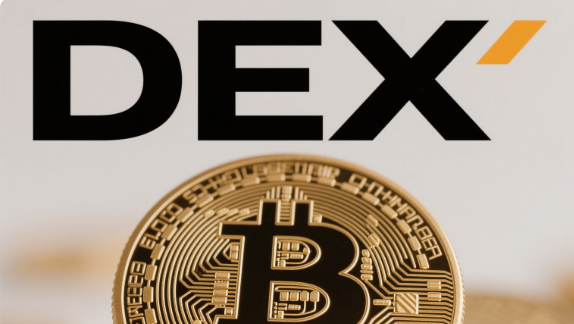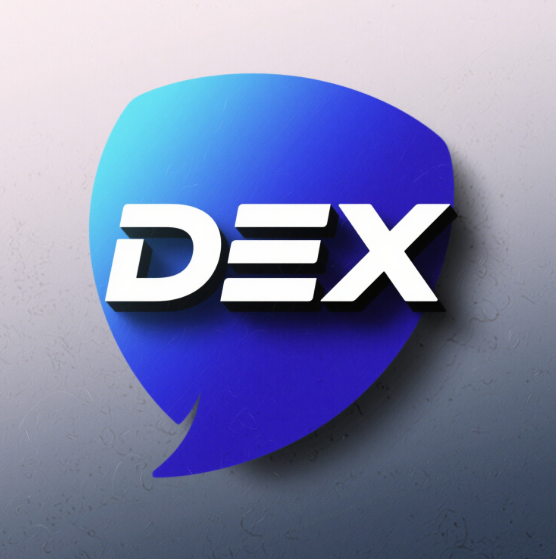Did you know? Over 400,000 Bitcoin transactions are completed daily worldwide without bank authorization, powered by the "soul" of digital currency—decentralization. This seemingly abstract concept is fundamentally reshaping humanity's understanding of monetary systems. Imagine: During the Cyprus banking crisis when deposits were frozen, Bitcoin holders freely transferred assets; while cross-border remittances take 3-5 working days, blockchain technology reduces value transfer to 10 minutes. Today, let's unveil this core mechanism thattraditional financial order, exploring how it liberates currency from "centralized shackles" and creates a new crypto-world order filled with both risks and opportunities.

What is Decentralization
Simply put, decentralization means removing the intermediate control institutions and giving each participant in the system equal rights and status. In the traditional financial system, banks are like big housekeepers, managing our fund transactions, and all transaction records are maintained by the banks. In a decentralized digital currency system, there is no such big housekeeper. Transaction information is jointly recorded and maintained by all participating nodes.
For example, Bitcoin is a typical decentralized digital currency. It does not rely on any central bank or government agency but is based on a technology called blockchain. The blockchain is like an open ledger where every transaction is recorded, and this ledger is distributed and stored on various nodes around the world. This means that no individual or institution can independently control this ledger, nor can they arbitrarily tamper with transaction records.
Advantages of Decentralization
1. High Security
Since transaction records are distributed across multiple nodes, even if a node has a problem, it will not affect the normal operation of the entire system. Moreover, to tamper with the transaction records on the blockchain, one needs to control more than half of the nodes simultaneously, which is almost impossible in reality.
2. High Transparency
The transaction information on the blockchain is publicly transparent, and anyone can view it. This greatly reduces the possibility of fraud and corruption, making transactions more fair and just.

3. Cost Reduction
In the traditional financial system, intermediate institutions such as banks charge certain handling fees. The decentralized digital currency system removes these intermediate links, reducing transaction costs.
Challenges of Decentralization
1. Difficult to Regulate
Due to the decentralized nature, it is difficult to regulate digital currency transactions. This may lead to some illegal activities, such as money laundering and drug trafficking, using digital currencies for transactions.
2. High Technical Threshold
For ordinary investors, understanding and using decentralized digital currencies require a certain amount of technical knowledge. This also limits the popularization and promotion of digital currencies.
3. Large Price Fluctuations
The digital currency market is not yet mature, and prices are easily affected by market sentiment, policies, and other factors, with large fluctuations. For investors, this means higher risks.
Conclusion
Decentralization is one of the core features of digital currencies. It brings higher security, transparency, and lower costs, but also faces challenges such as difficult regulation, high technical thresholds, and large price fluctuations. As investors in the cryptocurrency circle, we need to fully understand the meaning and impact of decentralization, invest rationally, and only in this way can we succeed in this market full of opportunities and challenges.

















No comments yet